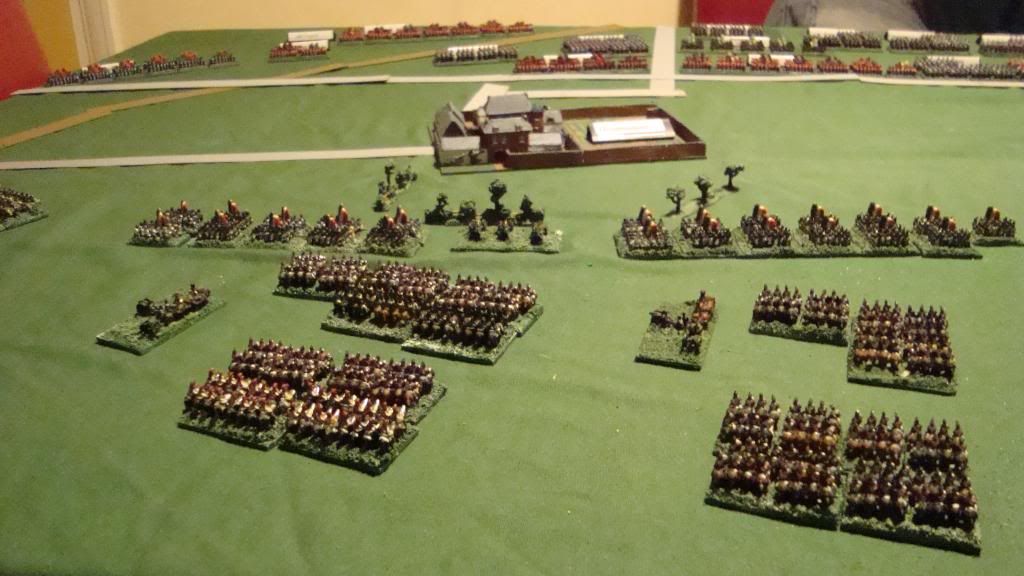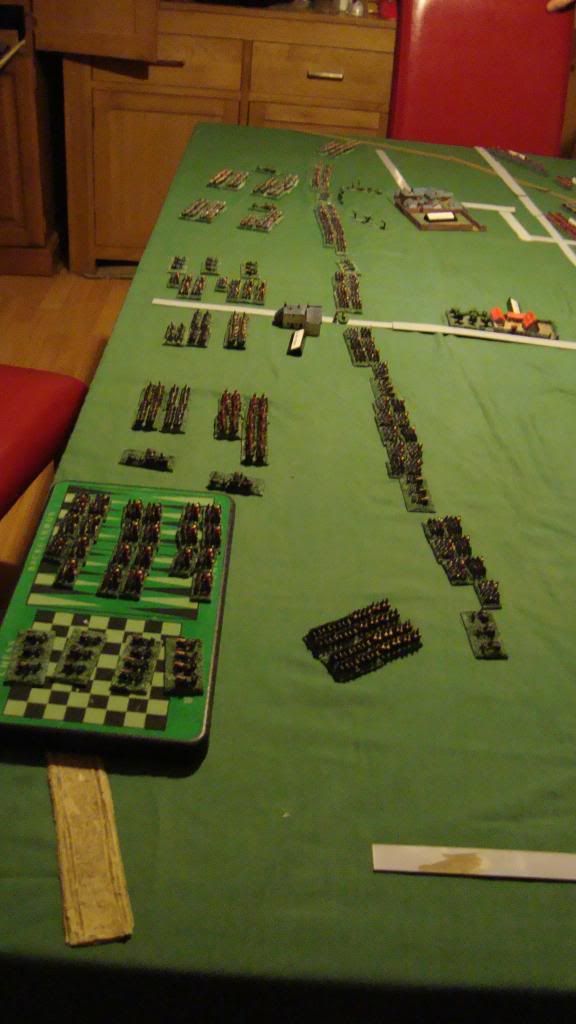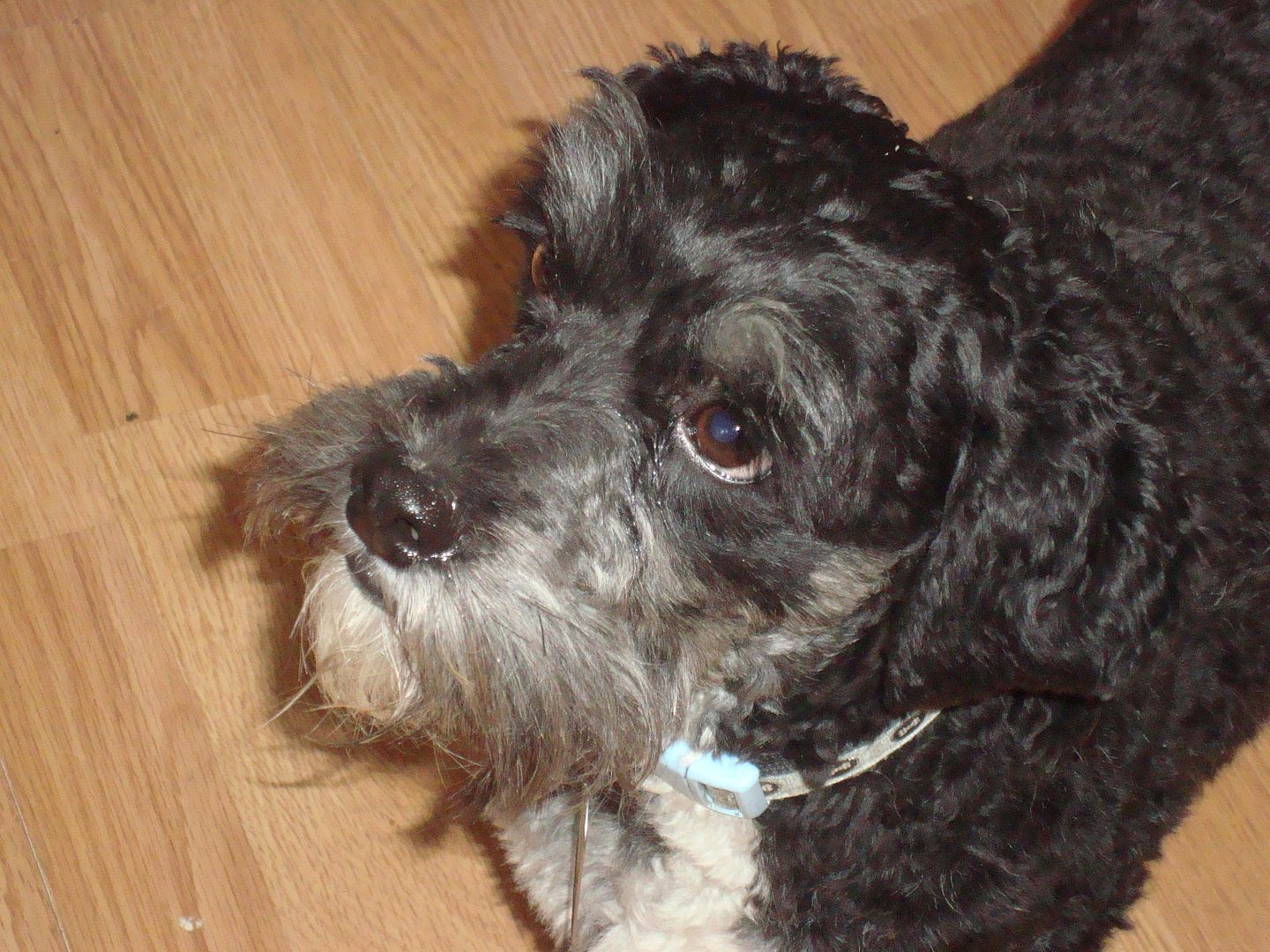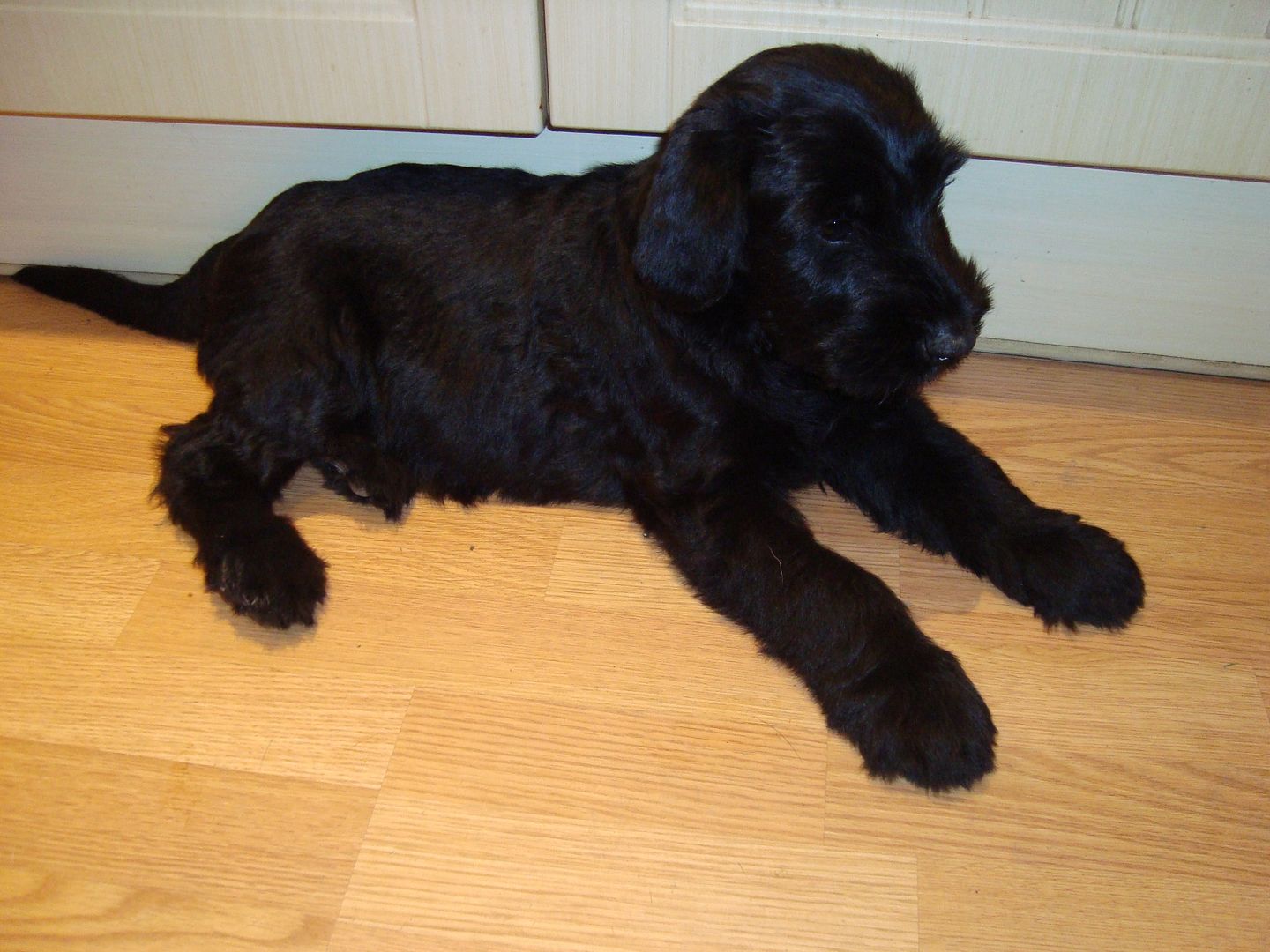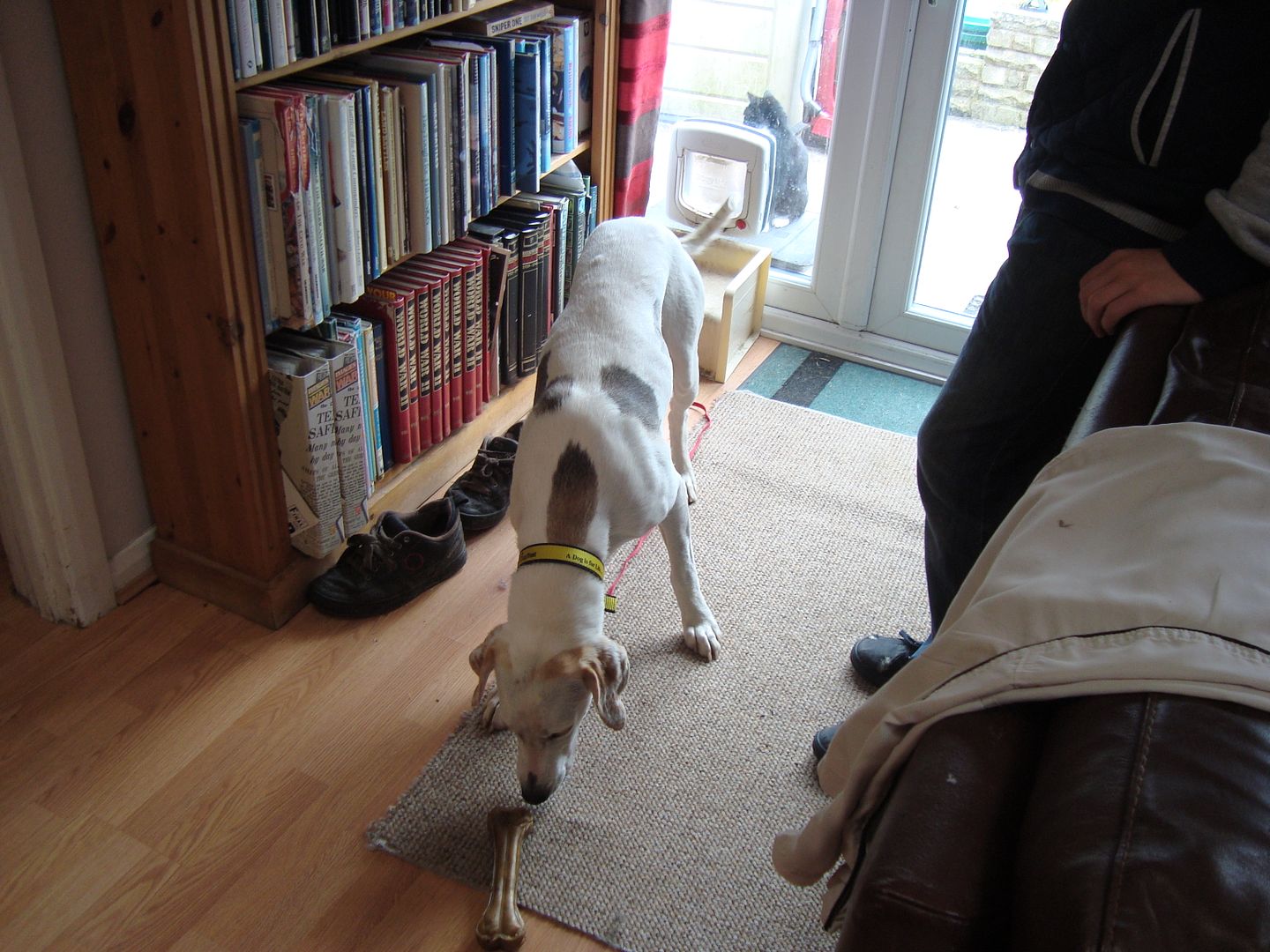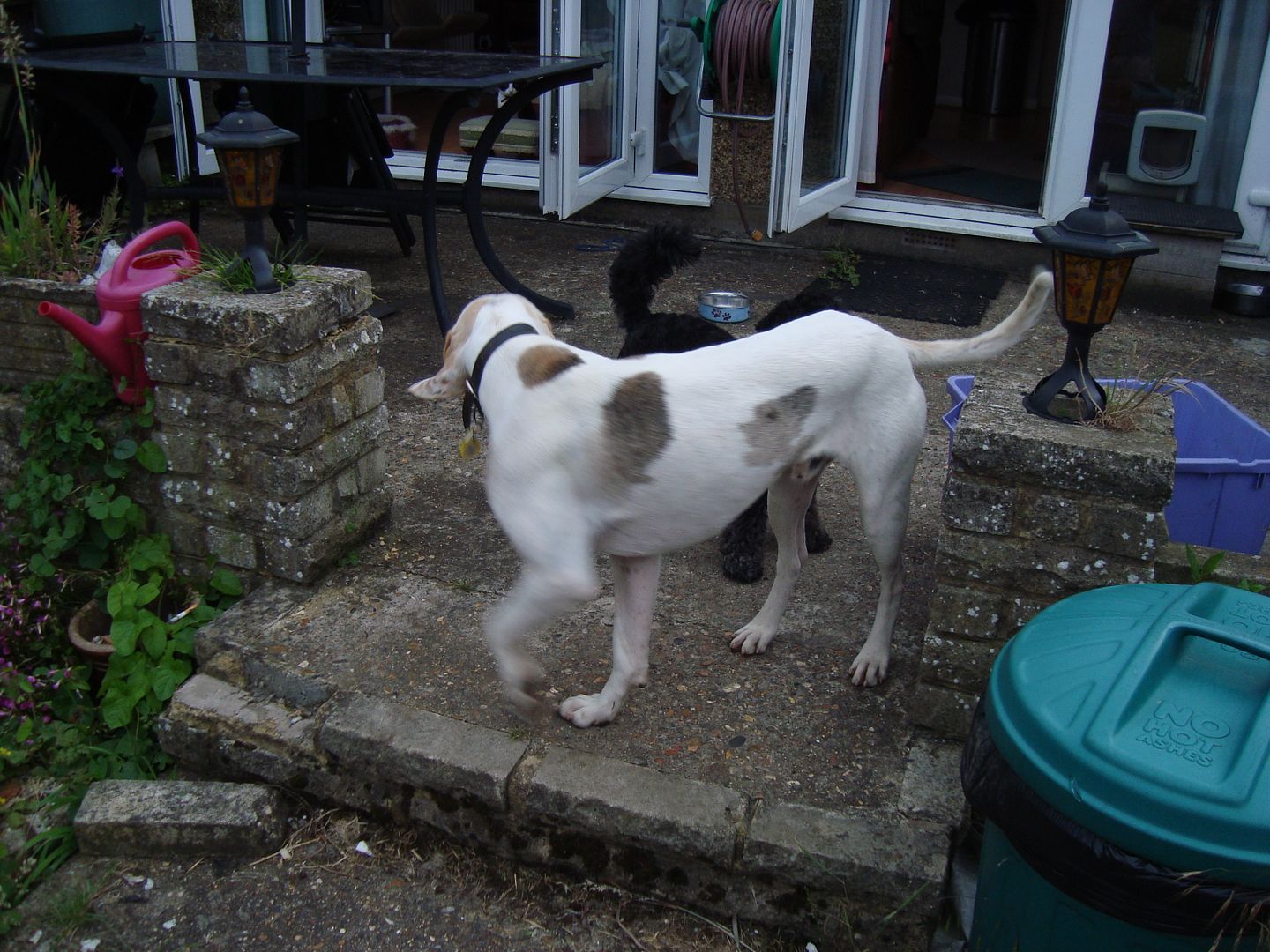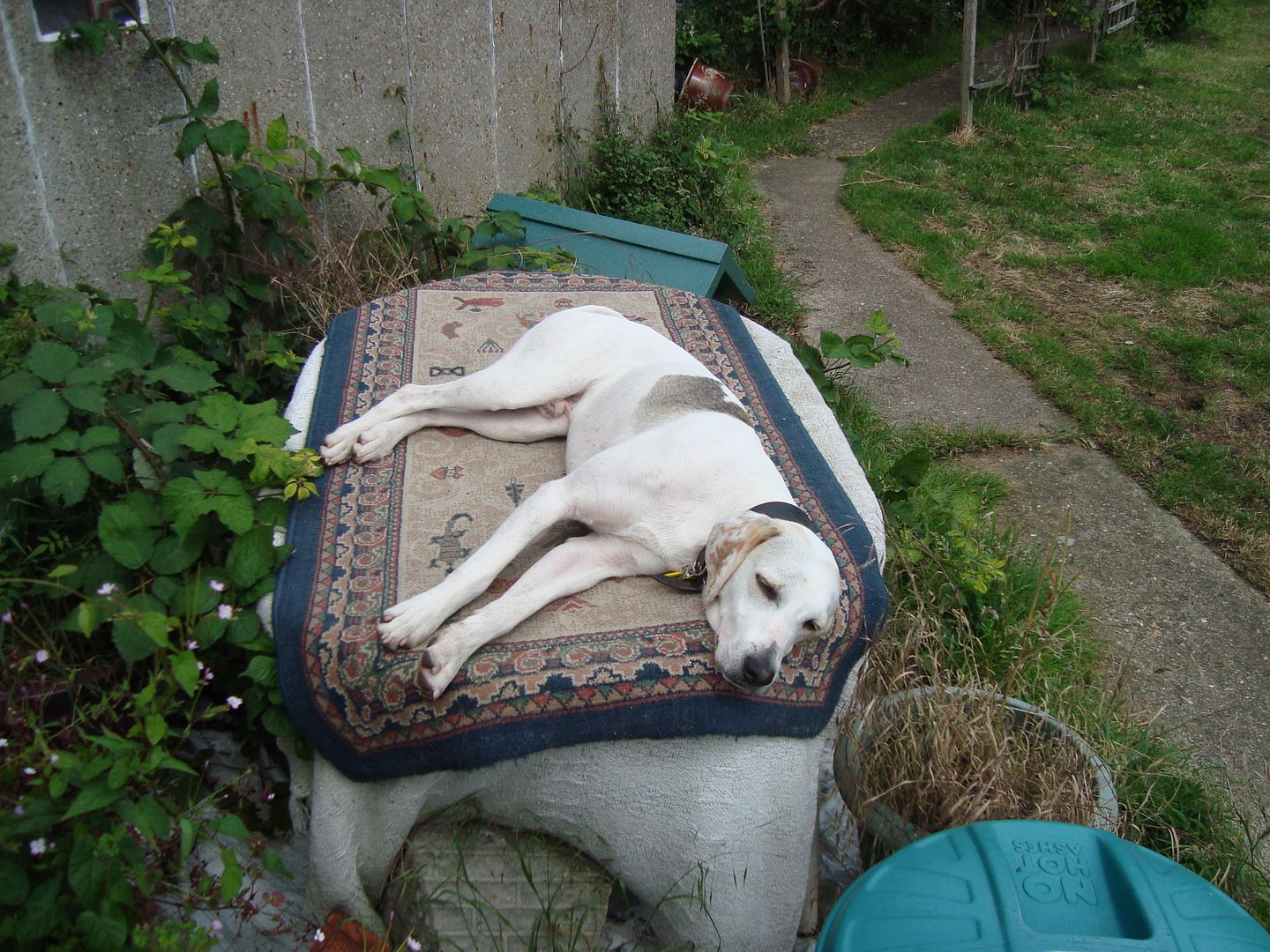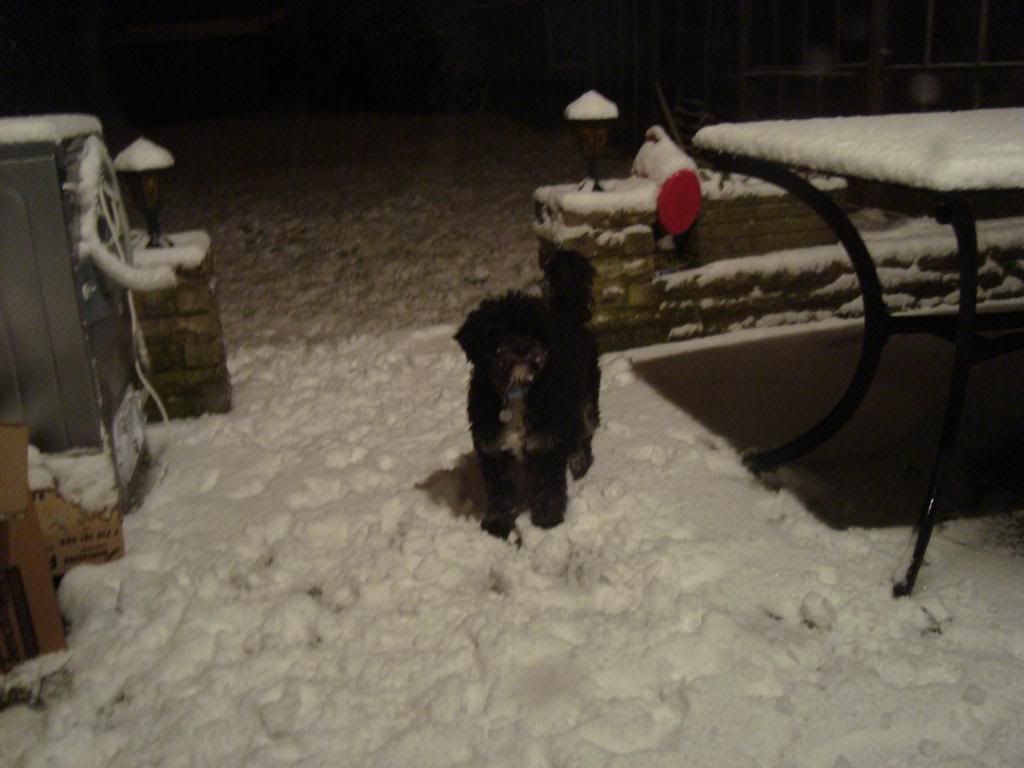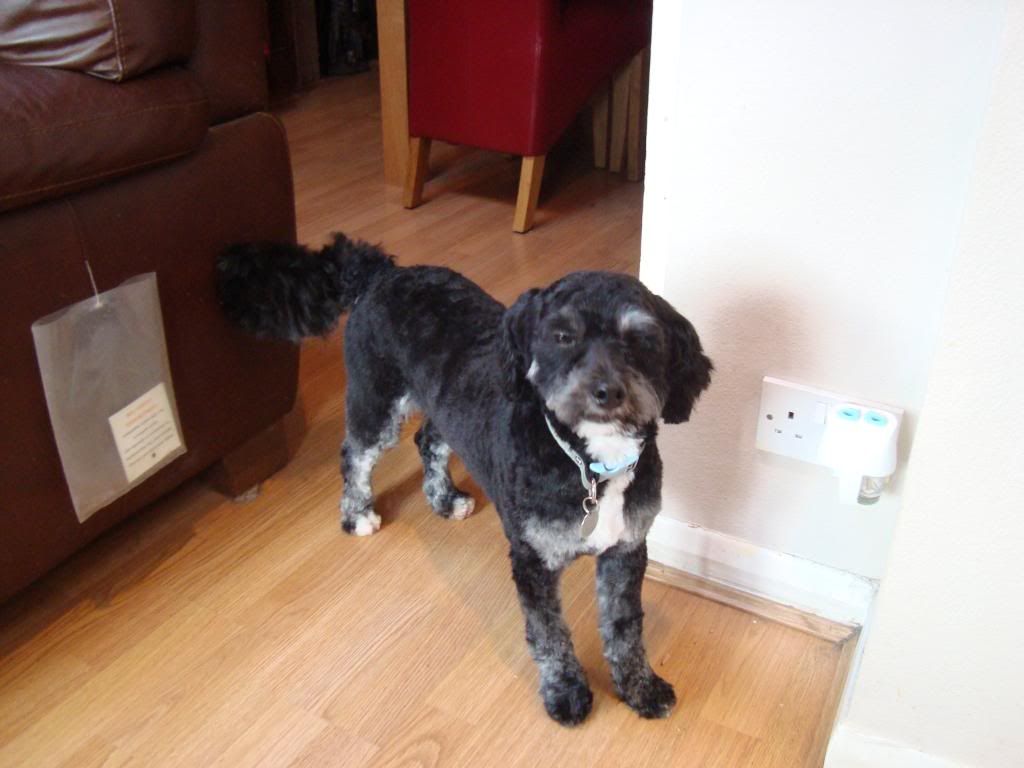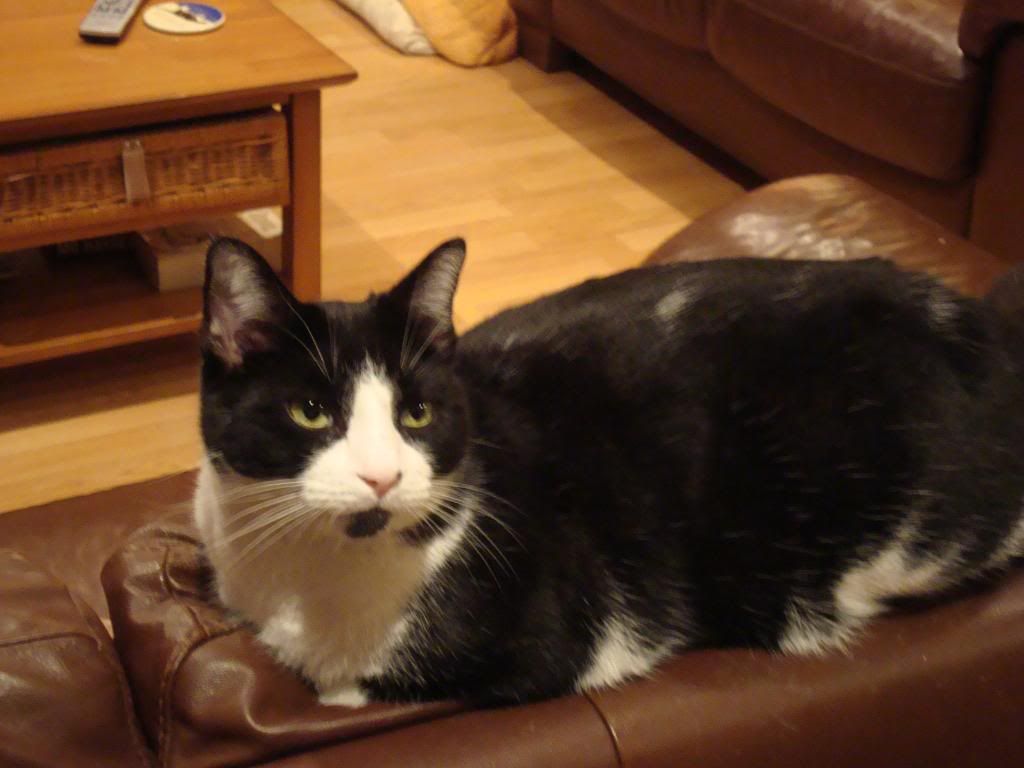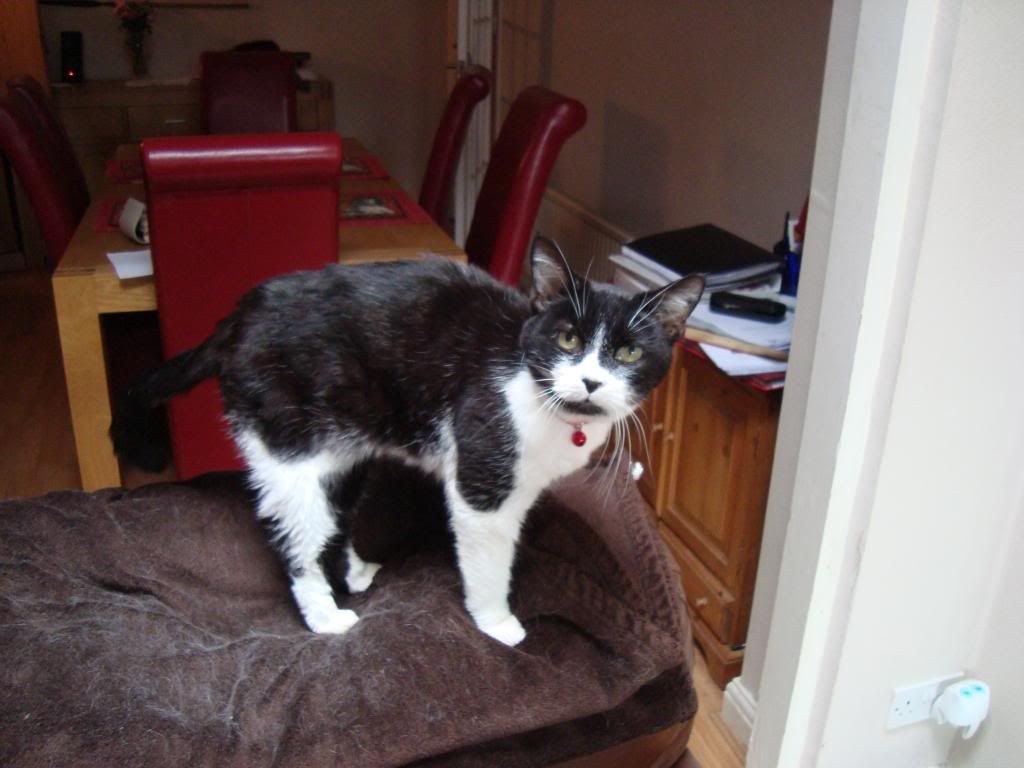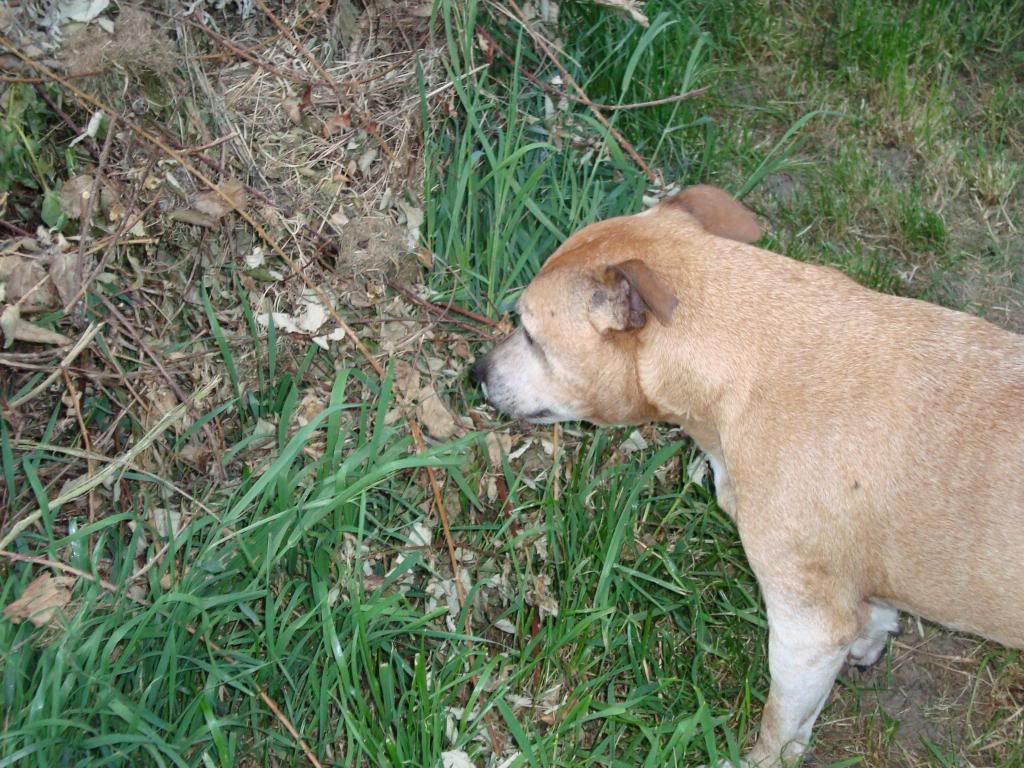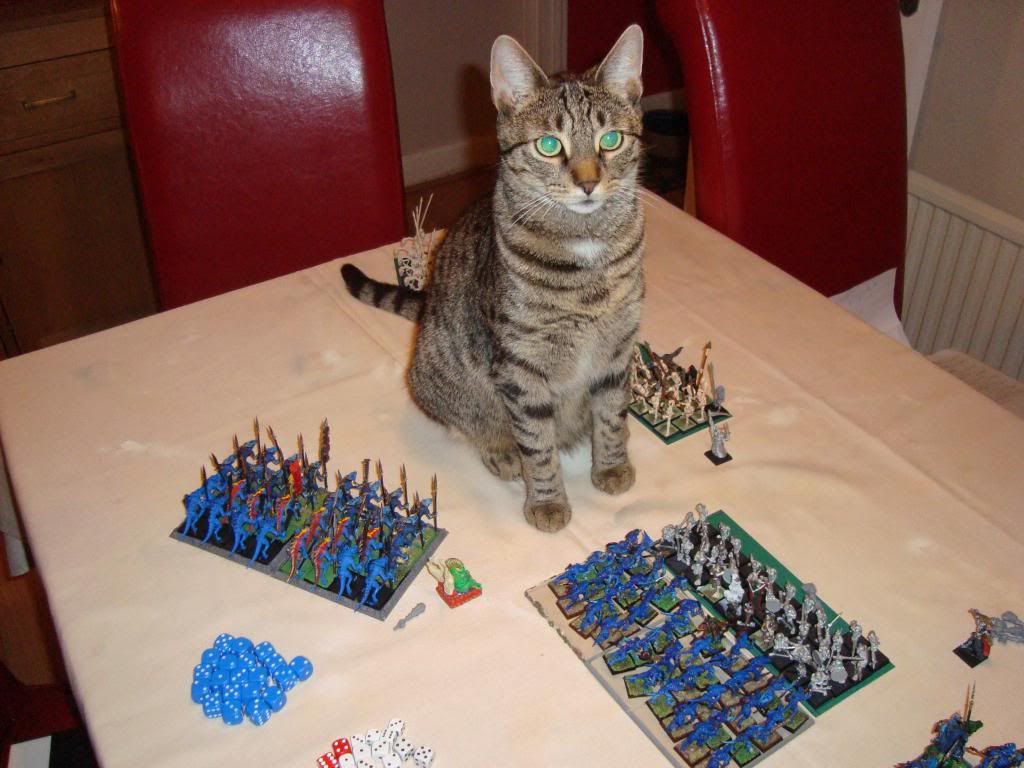Why Waterloo?
The first time I heard of the Battle of Waterloo was an advert outside of the Odeon Cinema on my way in to Saturday Morning Pictures as a young lad at the tender and impressionable age of eleven. After watching the film a week later I was well and truly hooked. Down to my local toy shop I hastened with the couple of pence to buy my first box of Napoleonic Infantry, the Highlanders. They had to fight my WWII Germans until I had saved enough for the French Infantry to fight them. Here started my love of the Napoleonic period. Now some thirty plus years on, I still find the Battle of Waterloo and the 100 days campaign, a fascinating point in history and filled with so many what ifs and buts.
A Short History
Napoleon, a Corsican, rose through the ranks as an officer of artillery making his name during the French Revolution, rising to a become the self imposed Emperor (some would say Dictator)of France. In his time as Emperor he grew to detest Great Britain and famously called us “a nation of shopkeepers”. Napoleon proceeded to wage war with all of Europe at various stages in his reign and embarked on many long campaigns to fulfil his goal of a united Europe under one French flag. In 1814 Britain entered into the 7th coalition with Prussia, Austria, Russia and the Dutch-Belgians, to finally cage “the thief of Europe” when Napoleon was pushed out of Spain, the battles were to be in France’s own back yard. Napoleon was forced to abdicate in April 1814 and with one thousand of his personal bodyguard, was exiled on the small Mediterranean island of Elba where he became Emperor of a somewhat smaller Empire.
In less than ten months in exile, Napoleon had escaped and made his way back to France. Napoleon landed at the Gulfe Juan on 1st March 1815 with the one thousand Imperial Guard that had accompanied him to Elba. As he marched on Paris, old soldiers would flock to his eagle. By the time he got to Paris on 20th March 1815, King Louis XVIII had fled the palace and was heading for his own exile in England. The army Napoleon had at his disposal differed to his previous ones in that this one was almost entirely Frenchmen and the ranks filled with mostly seasoned veteran troops. Napoleon chose to take on the Anglo-Allied forces of Wellington and Blucher as they were the closest enemy to him at that time and if he caused a decisive defeat to them, Austria and Russia might sue for peace before either had fired a shot!, and by doing so would gain some valuable allies for Napoleon in the form of the Dutch-Belgians who fought in the French army a year or so before.
Napoleon’s plan was take up his usual central position and try and keep the forces of Wellington and Blucher from joining up by pinning one of his enemies with a relatively small force and taking on the other, outnumbering them, destroying them and then swinging his might to the pinned enemy and doing the same.
Napoleon marched north into Belgium on 15th June 1815 with 128,000 troops in three columns on a narrow frontage of only some five miles. II Corps of Reille and I Corps of D’Erlon on the left, I Cavalry Corps of Pajol, II Cavalry corps of Excelmans, III Cavalry Corps of Kellerman, IV Cavalry Corps of Milhaud III Corps of Vandamme , VI Corps of Lobau and the Imperial Guard in the centre with Gerard’s IV Corps on the right. Against him were approximately 220,000 troops of the Anglo-Allied army and the Prussians spread over Belguim on a front of between eighty and one hundred miles. If Napoleon could catch both allied armies before they could converge, he could have won a major victory and break the coalition.
The Allies and the Prussians were slow to concentrate their forces and it looked like the old campaigner had not only stolen a days march on them, but had manoeuvred himself skillfully into his favoured central position.
Ligny and Quatre Bras, 16th June 1815
One important cross roads in the area was Quatre Bras and Wellington sent what troops he could to protect this link with the Prussian army, Napoleon had also seen this and intended to take it and block this artery to the two allied armies. The British deployed as they marched on in hotch-potch fashion, While Ney, normally rash in command, waited for reinforcements to arrive. This delay allowed the Anglo-British force to deploy in a more defensive formation. Ney’s attack started at approx 1.30pm and ebbed and flowed with rash French charges and British counter charges, but with the arrival of more British troops the French attack faltered. Eventually Wellington got the better of the French, as more and more allied troops arrived and Ney was, by 7.30pm back to his starting position. The French had taken some 4,300 casualties and Wellington had lost just over 3,000 casualties but had kept the crossroads. Wellington’s next move would depend on the Prussians at Ligny.
Seven miles east of Quatre Bras was the village of Ligny and Napoleon was taking on three of Blucher’s Corps (Bulow’s IV Corp was to far away to lend support). The battle commenced around 2.30pm and raged along the line for six and a half hours. Eventually the Prussians were forced back and when Napoleon sent in his Imperial Guard the Prussians then fled the field in some disorder, but instead of fleeing east to their homeland as Napoleon anticipated they would, they headed North to concentrate on the town of Wavre and parallel to the British withdrawal from Quatre Bras. The Prussian sustained about 16,000 casualties to the French’s 11,500
17th June 1815
The 17th found Napoleon drained and filled with lethargy of the previous days march and battle with Blucher. He refused requests by Grouchy to pursue the Prussians until later in the day. News of the failure of his outflanking the Allies at Quatre Bras brought further frustration to the ailing Emperor and Ney had allowed the British to withdrawal north in good order. To add insult to injury, the weather broke and torrential rain fell for the rest of the day turning the roads to mud and any advance would now be hampered immensely.
18th June 1815
On Sunday 18th June 1815, found both allied armies a mere ten miles apart. Unbeknown to Napoleon, Grouchy late pursuit actually pushed the Prussians towards Wellington’s position at Mont st. Jean ridge. The Prussians had Joined up with their IV Corps at Wavre and had some 128,000 troops opposing Grouchy’s 33,000. Napoleon had 71,000 seasoned Frenchmen against Wellington 69,000 rag-tag army with some of very dubious loyalties.
Wavre
Blucher decided to send Bulow’s 31,000 untouched IV Corps to Wellingtons aid an ordered them to March at 4am. They had to march along narrow lanes and Pirch’s II Corps, so progress was slow. The Prussians estimated Grouchy’s force to be about 20,000, but in fact there were 33,000 sitting opposite Blucher. Then at midday, Blucher then instructed Pirch to March West to join Wellington, followed shortly by Von Ziethen and his I Corps. This left only 15,000 men of Thielemann’s III Corps to hold Wavre against Grouchy. At around 3pm as Bulow reached St. Lambert where he started to form his Corps into battle formation. At 4pm the opening shots of Grouchy’s initial bombardment at Wavre could be heard from Waterloo. At Wavrre the Prussians had taken up defensive positions around the bridges over the River Dyle which caused the French assaults to be constantly thrown back. Grouchy assaulted all along the river to try and break the Prussians hold and only before night fall was he successful on the Prussian right at Limale. Through the afternoon Thielemann requested reinforcements, but to no avail. Through the night sporadic attacks and counter attacks achieved nothing. Thielemann received the news of the outcome of the battle at Mont St Jean during the night.
The morning of 19th at around 10am,Thielemann retreated, having achieved his orders of keeping Grouchy from marching to the sound of the guns and frustrating twice his number for twenty four hours. Grouchy received news of the Prussian II Corps returning to Wavre and the defeat of the Emperor at Waterloo, he fell back and headed home in defeat back to France
Waterloo
Wellington, the master of the defensive battle, anchored his army to a ridge just south of a village called Waterloo, which was ground he had seen a year before, so knew it very well. Had Napoleon played himself right into Wellington’s hand?. Wellington had before him lay a valley full of cornfields and the French army on the opposite ridge. The battlefield was less the 2 miles wide and would soon see some 120,000 soldiers embroiled in one of the bloodiest and most important battles in British history.
Wellington had various “redoubts” in the form of the large chateau of Hougomont, just forward of his right flank, the farmhouse of La Haye Saint in the centre of the battlefield and some smaller farms on his left. These would all help to break up any attacking formation and attack any flanks of the enemy should they be ignored. The battle commenced at around 11.30am with the French grand battery breaking the silence of this Sunday morning and would eventually rid Europe of a tyrant.
The diversionary attack on Hougomont tied up a division for the whole day as did La Haye Saint taken by the French at around 6pm and then retaken by the British . At around 1.30pm, saw the huge French columns of D’Erlon’s Corps marching across the battlefield only to be smashed by the British heavy cavalry who then overran the French guns only to themselves be almost annihilated by French lancers. Napoleon, who was not at his best had to leave the battle for a short while, feeling unwell, this was probably the turning point in the battle, At around 3.30pm the massed French Heavy cavalry charge lead by the impetuous Marshal Ney, who thought the British were retreating, but they were in fact moving behind the ridge to avoid the wrath of Napoleon’s grand battery. When Ney and his 6,000 plus heavies charged, they found the British in square and all they could do was ride around the squares to avoid the bristling bayonets. Ney withdrew, reformed and eventually had the light cavalry joining in his madness, adding up to around 10,000 horses that had charged again and again, but to no avail, they could not break the British squares.
The Prussians could be seen forming up into attack formations, deep on the French right flank at 4pm . They attacked Plancenoit, in the rear of the French, Napoleon, who was now again directing the battle once more sent some of the Imperial Guard to deal with this threat. After some heavy fighting the French held the village by 7pm.
At this point Napoleon thought he could still win the battle and sent the Old Guard to smash the very flimsy and battered British line. Wellington had moved almost all his troops to support his vulnerable right and centre and the Old Guard came up against the firing line of Wellington’s best troops, The Guards and the British Light Battalions who poured lead into the head and flanks of the column until the Imperial Guard could not advance over their dead and recoiled back. This in turn caused the French army to take flight. The Old Guard stood firm and covered the army’s rout.
Napoleon was beaten, he surrendered shortly after and was exiled to the island of St Helena, where he would spend his last days. Napoleon died six years later at the age of fifty two.
Wellington became very wealthy by having gifts of wealth bestowed upon him by the grateful nations of Europe. He became British Prime Minister and lived a long and comfortable life. He died at the age of eighty three in 1852
The Army
To build the Armee du Nord for the 100 days campaign and have it as near to the army that marched into Belgium and to represent the 128,000 men that Napoleon had at his disposal. The Guard corps, which in its self was a mini army of infantry, light and heavy cavalry and artillery of larger calibre guns as it was in all Napoleon’s previous campaigns, also, five infantry corps and four cavalry corps to take on the Anglo-Allied army under the Duke of Wellington and the Prussian army commanded by Field Marshal Blucher.
There are many sources as to the breakdown of specific units of the French army for the hundred days Campaign, so here is a general overview of my army. I compared various sources (listed below) and used an averaged out value of each division. I use as a general rule one base being equal to approximately six hundred men or a regiment of three battalions on campaign for infantry, one base being equal to approximately four hundred men or a regiment for cavalry. Artillery is a rather difficult one, it has to be available for obvious reasons but it should not dominate a battle so, each field army will have one heavy foot gun per battle, with the exception of the Imperial Guard which operates as a separate army and is actually allowed two (these represents the twelve pounders of the corps Artillery), this means at Waterloo and Wavre, the French can deploy one at each battle (once again with the exception of the Imperial Guard’s Heavies). Foot guns are allocated one gun to every fifteen stands rounded up, so each Corps should have two guns (each gun represents two batteries). Cavalry Corps have horse artillery in abundance so one base per corps to represents all the horse batteries of that corps.
As a base to start with I used the lists in the Shako rules for the battle of Waterloo, but remember, there had already been two battles two days before so allow for Losses from Quatre Bras and Ligny and add them back into the Army. An Army of this size should also have three Heavy foot guns, which are the 12 pounders of the Corps reserve and are split as the General sees fit.
Imperial Guard Corps - Druot Waterloo
· Old Guard 4,000 men 7 stands
· Middle Guard 4,600 men 8 stands
· Young Guard 4,300 men 7 stands
· Guard Light Cavalry 2,100 men 5 stands
· Guard Heavy Cavalry 2,000 men 5 stands
· Guard Heavy Foot Guns 2 stands
· Guard Foot Guns 2 stands
· Guard Horse Guns 2 stands
Army guns (Corps Reserve)
· Heavy Foot Guns 3 stands
I Corps - D’Erlon Waterloo
· 1st Division 4,100 men 7 stands
· 2nd Division 4,100 men 7 stands
· 3rd Division 4,000 men 7 stands
· 4th Division 4,000 men 7 stands
· 1st Cavalry Division 1,400 men 4 stands
· Foot Guns 2 stands
II Corps – Reille Waterloo
· 5th Division 5,000 men 8 stands
· 6th Division 6,100 men 10 stands
· 7th Division 5,000 men 8 stands * at Wavre
· 9th Division 5,000 men 8 stands
· 2nd Cavalry Division 1,700 men 4 stands
· Foot Guns 2 stands
III Corps – Vandamme Wavre
· 8th Division 4,300 men 7 stands
· 10th Division 4,400 men 7 stands
· 11th Division 4,300 men 7 stands
· 3rd Cavalry Division 1,700 men 4 stands
· Foot Guns 2 stands
IV Corps – Gerard Wavre
· 12th Division 4,000 men 7 stands
· 13th Division 4,000 men 7 stands
· 14th Division 4,000 men 7 stands
· 7th Cavalry Division 1,500 men 4 stands
· Foot Guns 2 stands
VI Corps – Lobau Waterloo
· 19th Division 3,500 men 6 stands
· 20th Division 3,500 men 6 stands
· 21st Division 4,000 men 7 stands
· Foot Guns 2 stands
I Cavalry Corps – Pajol Wavre
· 4th Light Cavalry Division 1,300 men 3 stands
· 5th Light Cavalry Division 1,250 men 3 stands
· Horse Guns 1 stand
II Cavalry Corps – Exelmans Wavre
· 9th Medium Cavalry Division 1,500 men 4 stands
· 10th Medium Cavalry Division 1,600 men 4 stands
· Horse Guns 1 stand
III Cavalry Corps – Kellerman Waterloo
· 11th Med/ Hvy Cavalry Div 1,900 men 5 stands
· 12th Heavy Cavalry Division 1,600 men 4 stands
· Horse Guns 1 stand
IV Cavalry Corps – Milhaud Waterloo
· 13th Heavy Cavalry Division 1,300 men 3 stands
· 14th Heavy Cavalry Division 1,600 men 4 stands
Horse Guns 1 stand
Rules
There are probably more sets of rules for this period than any other, so the choice is down to you. We prefer to play Shako Large battles (for 6mm) or the Irregular set that you get with their Battlepacks.
Manufacturers
You name the scale and you can buy it 6mm, 10mm, 15mm, 20mm, 25mm, 28mm, 42mm and 54mm. We will concentrate on 6mm in this article. Many manufacturers can be found on the web or within wargame magazines, Irregular, Heroic and Ross, Adler, Baccus to name but a few.
I personally prefer Irregular, not the best looking figures, but due to their French Columns in three ranks of six figures on a single cast base, these can be used as they are, but we base all Infantry on 28mm x 15mm bases which the columns fit with a slight trim off the rear part of the base. Irregular also do four rank columns or in line so you can choose your preference. The opponents in line fit as a two ranks without any problems. Cavalry have four of the Irregular stands per 38mm x25mm base. Artillery guns have four gun models for heavy foot (Army Gun), three gun models for foot guns and one gun model with a limber to represent horse guns on a 50mm x 25mm base.
Irregular sell Battlepacks which consist of both sides including army, corps and divisional commanders, Infantry, cavalry, cannons with crew and a set of their own rules for about £25.00. You can request the type of heavy or light cavalry. Ian and crew at Irregular are most helpful and I bought an initial purchase of two battlepacks and asks for both sides to be French and they gladly obliged. Halfway through painting I ordered two more battlepacks with my preferences of troop types and was again obliged. Then I just ordered the remnants of the army to fill the ranks at a later stage. Unfortunately they do not come to the southern shows nowdays but their Mail order is probably the best I have ever encountered, ordered about 3pm and they arrived next day, whenever I have ordered I have received the same service.
Reille’s Corps advancing on Hougomont with Kellermans Heavies (forground) waiting their time. The Anglo-Dutch can be seen deployed in the distance. French – Phil Portway, Anglo –Dutch – david Barnes. All Irregular Miniatures.
